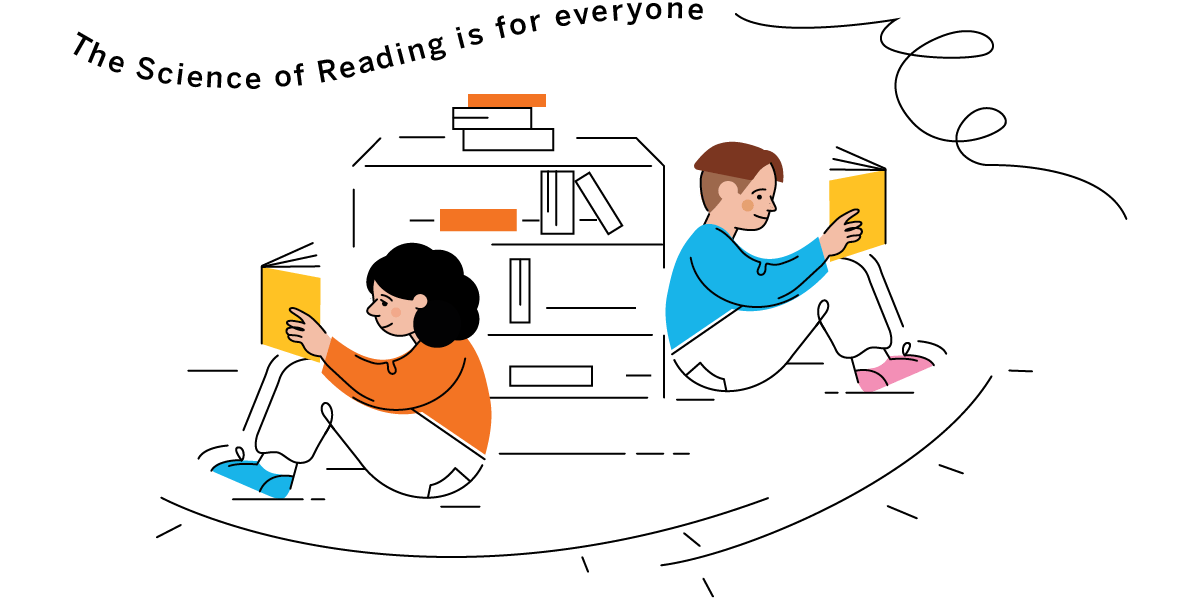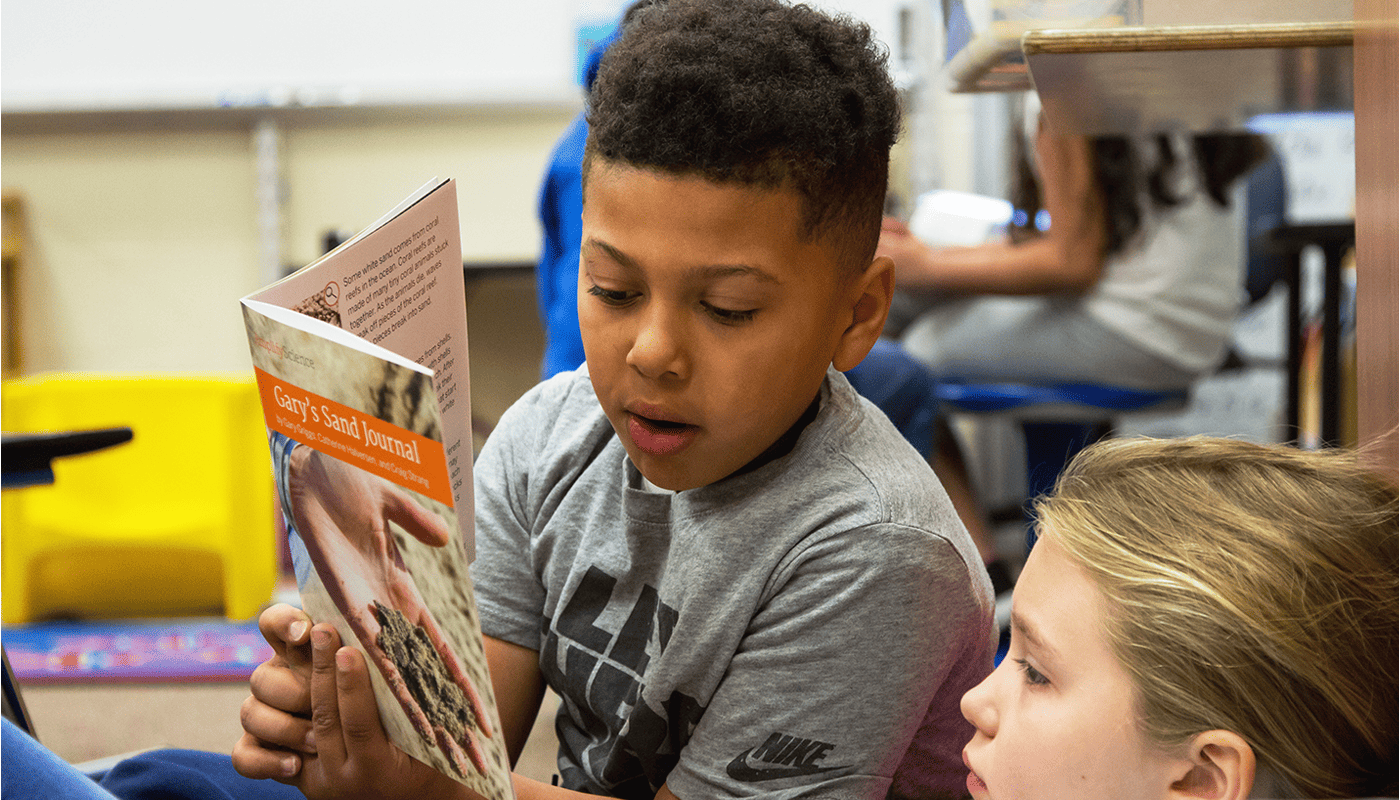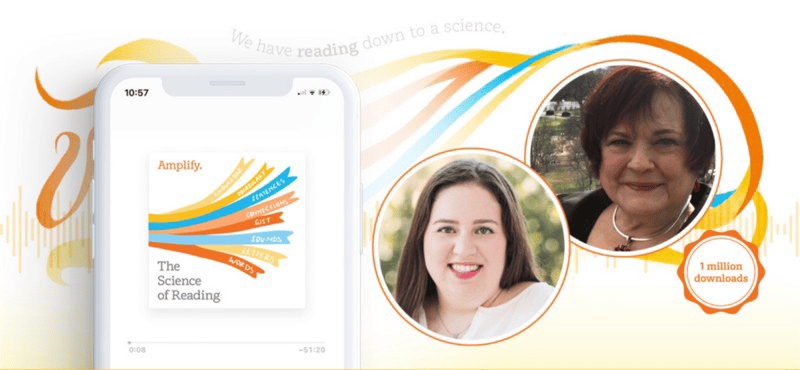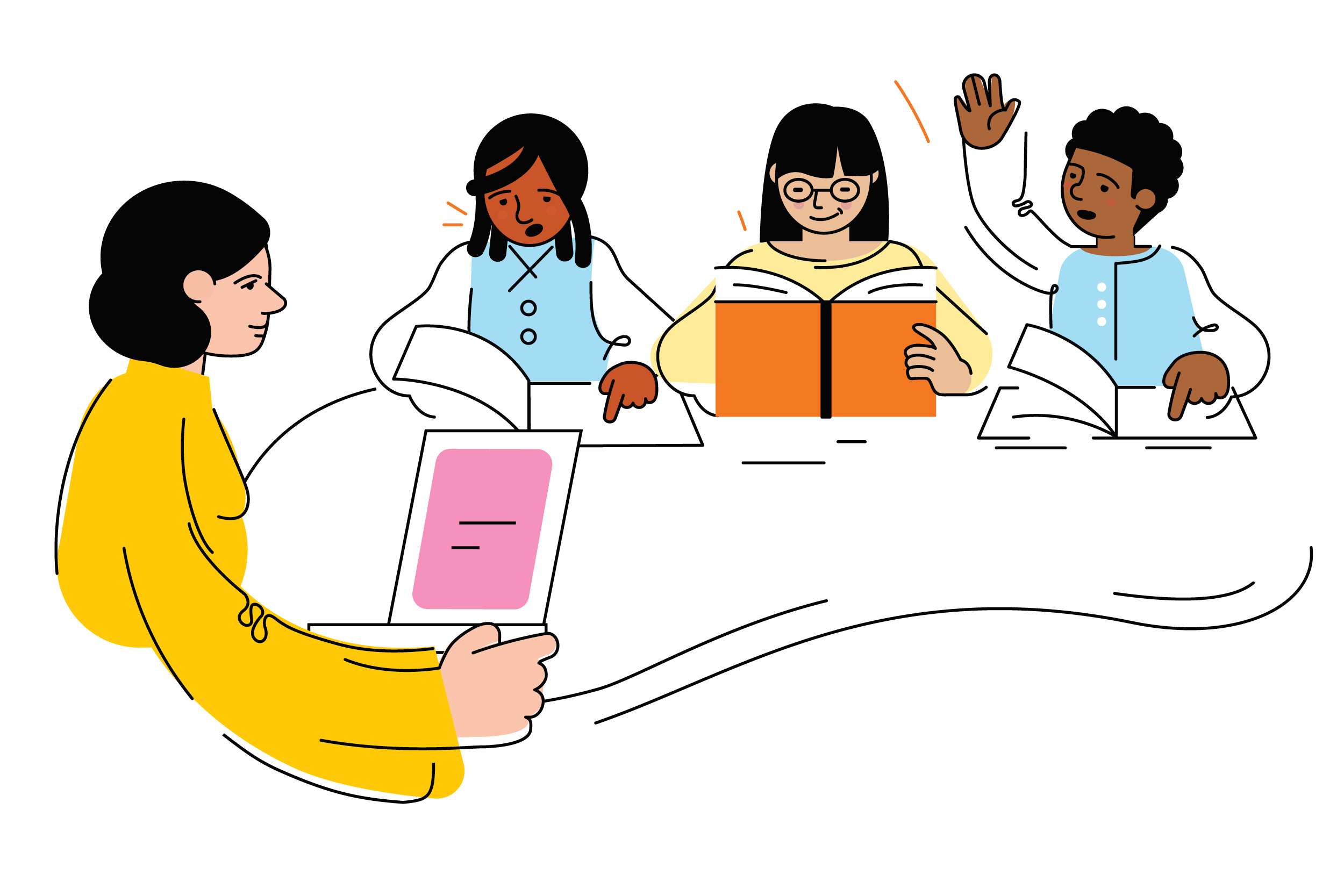
MTSS, RTI, SoR—it seems that teaching students to read requires educators to be literate in an ever-growing number of frameworks, approaches, systems, and types of developmental reading assessment and educational intervention.
It’s understandable, then, that not all educators know the differences and nuances among these terms, or that they may use them interchangeably or to mean one thing, when they actually mean another.
So, what is MTSS? What is RTI? What is MTSS vs. RTI? That is: What is the difference between an MTSS framework and RTI? What roles do they play in structured literacy? How are they informed by the Science of Reading (SoR)?
We’re here to help you sort it all out.
First, the core definitions
Science of Reading: As we described in an earlier post, the refers to the pedagogy and practices that extensive research has found to be most effective for teaching children to read.
And it’s not just optimism—it’s science. With explicit, systematic instruction, all students can learn to read at or near grade level.
When implemented in a classroom, the Science of Reading is part of a system—one that aligns with a Multi-Tiered System of Supports (MTSS).
MTSS (Multi-Tiered System of Supports): The Center on Multi-Tiered System of Supports : “A multi-tiered system of supports is a proactive and preventative framework that integrates data and instruction to maximize student achievement and support students’ social, emotional, and behavior needs from a strengths-based perspective.”
Its four defining components are as follows:
- Screening
- Progress monitoring
- Establishing a multi-level prevention system
- Making data-based decisions
RTI (Response to Intervention): The very name of RTI shows that it’s a response to an identified problem. Actually, it’s a process and series of academic responses that use data to pinpoint and address the specific challenges of struggling students.
MTSS and RTI are similar in that “they are both problem-solving models,” notes Dr. Brittney Bills, curriculum coordinator at Grand Island Public Schools, speaking with host Susan Lambert on a of Amplify’s Science of Reading: The Podcast.
Now, the fundamental differences
MTSS and RTI are similar, and can be related—even intertwined. But they are not interchangeable.
- RTI is part of an MTSS framework—not the other way around. “MTSS is that broader umbrella,” says Nancy Nelson, assistant professor of special education at Boston University, in our webinar Data-driven Instruction Within an MTSS Framework: The key to implementing the Science of Reading.
- MTSS starts with all students. “With the MTSS model, the thought is that the universal tier is the first intervention for all students,” says Dr. Bills, referring to the curriculum, instruction, and assessments provided to all students at a given grade level. We can ask: “What does our data demonstrate that our students need within that universal tier? And how can we apply evidence-based practices, as they relate to the Science of Reading, to beef up opportunities for our students there first? Then it’s a layering-on of supports and problem-solving at those other layers, the targeted and intensive tiers, after that.”
- MTSS supports prevention. This distinction goes hand in hand with those already mentioned. We start universal, then identify issues. Though RTI is necessary and effective, MTSS has the aim, and the capacity, to both get at-risk readers back on track and prevent the need for intervention down the line. “It’s proactive and preventative,” says Dr. Bills.
Putting it all together
aligns instruction using the Science of Reading. Blending instruction and knowledge-building (Amplify CKLA and Boost Reading, formerly Amplify Reading) with assessment and intervention as needed (mCLASS®), the system works with both MTSS and RTI models.
Where you can learn more
Amplify’s Science of Reading: The Podcast’s
Webinars:



